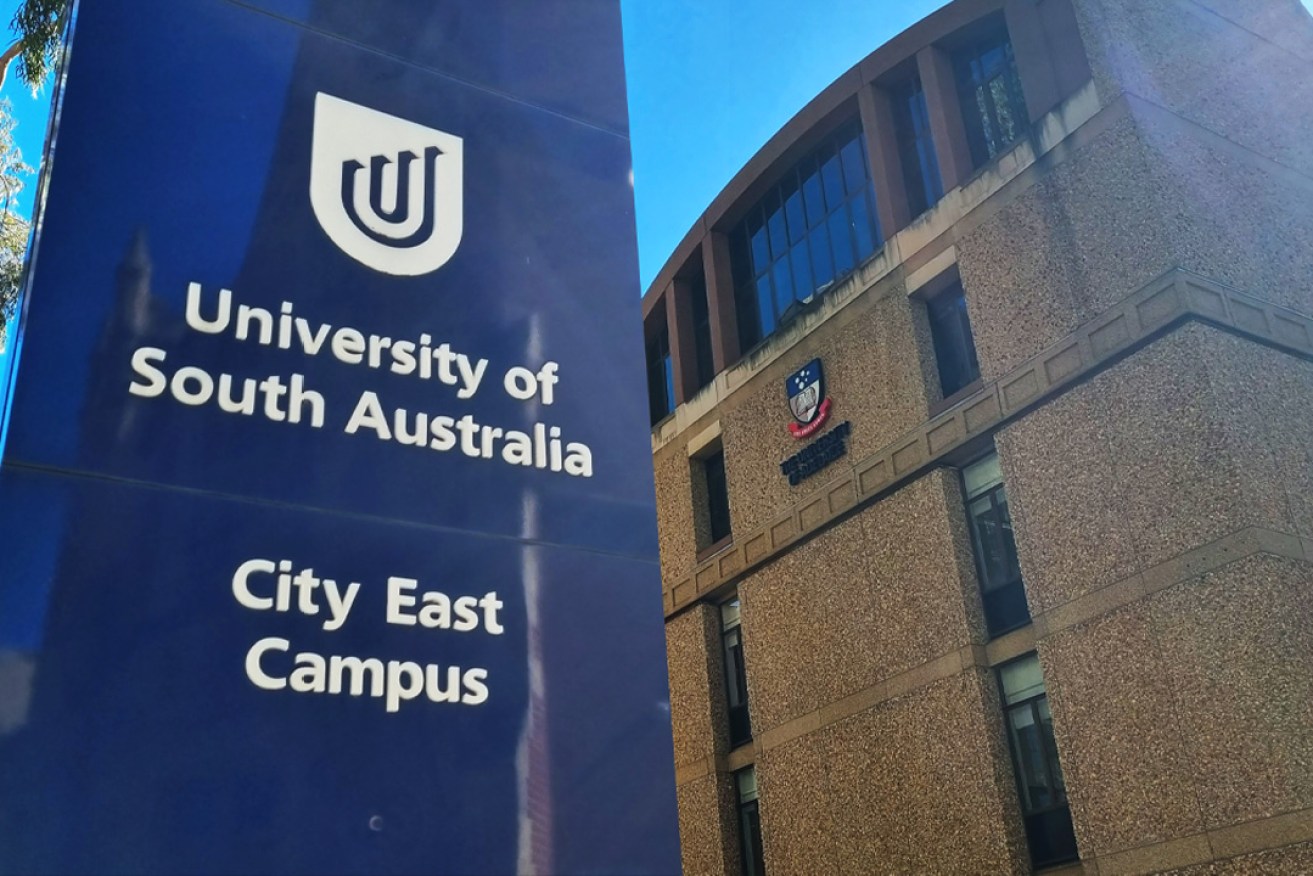The not-so-hidden costs of merging universities
While there are hundreds of millions of dollars set aside by the State Government to cover the costs of creating the merged Adelaide University, Timothy Miles writes that there are plenty of other costs to consider given the rushed timeframe.

Photo: Thomas Kelsall/InDaily
The pressure from both the state government and the university administrations to merge UniSA and The University of Adelaide is being rapidly ramped up. However, one aspect of the merger has received very little consideration.
Universities have traditionally been internally self-governing, in the sense that most important decisions are made by debate and consensus, rather than by the corporate model of top-down diktat.
So, unless the council of the merged university (or Deloitte, who has reportedly been engaged to implement the merger) will simply dictate all of the changes that need to be made to effect it, the academic and professional staff will need to sort out the nuts and bolts of the merger that will determine its success or failure.
To name but a few, these include:
- Consolidating all course prerequisites, content and value within degree structures;
- Completely re-creating all course rules so that, e.g., the combined B.A. can include subjects currently offered in only one of the universities;
- Bringing the content of similar subjects (e.g., in Law) for comparable courses from both universities into alignment, or developing completely new courses;
- Completely reinventing timetables across multiple campuses;
- Duplicating the teaching of many specific courses (e. g. engineering) while the merger progresses;
- Reorganizing the allocation of space for teaching (including lecture hall and laboratory areas for larger classes), as well as for administration and research;
- Integrating the current disparate approaches to administrative activities such as Human Relations (appointments, promotions, tenure), intellectual property rights, contracts, purchasing, etc.;
- Combining the two overarching IT systems (for management, finances, course information, etc.);
- Agreeing on a new form of within-institution government; (It will be intriguing to see how the plethora of existing Deputy and Pro Vice Chancellors, Deans and Discipline Heads will agree to give up their powers and generous perks in favour of the corresponding Deans and Heads from the other institution). The expression “bloodbath” springs to mind… ;
- Re-organising internal funding arrangements for teaching, administration and research;
- Agreeing on the distribution and reallocation of space for research and teaching;
The complexity of implementing a merger is no doubt a factor in the failure of attempts elsewhere to merge universities. The discarded proposal for mergers in Western Australia is the most recent local example.
All academic and administrative staff will need to be fully occupied in time-consuming discussions for many years in an attempt to bring this merger to an acceptable outcome. The suggestion that the merger will be rushed through by 2026 is simply fanciful.
Rather than spend their time debating the nuts and bolts of implementing a controversial merger, surely it is far more important for the academic staff of both universities to collaborate within their existing structures to develop the new undergraduate and graduate courses and research projects to address the urgent problems that the State faces right now, such as climate change, the health system, AUKUS.
The cost of all this merger-related activity by the staff of the two unis has not been estimated either in staff time or dollars.
My own estimate, based on the much simpler exercise of moving from discipline-based to school-based internal government within The University of Adelaide, is that this will occupy literally hundreds of hours for each of the approximately 1500 academic staff members.
This is hidden time that is unlikely to be given much consideration if and when a final accounting of the merger is undertaken.
The risks of this proposed merger have apparently not been worked through, so it must be asked whether such wasteful effort is worth it when a little leadership could be engaged within the existing institutional structures to secure the claimed benefits for the South Australian public.
Timothy Miles PhD DSc is an Emeritus Professor at The University of Adelaide




